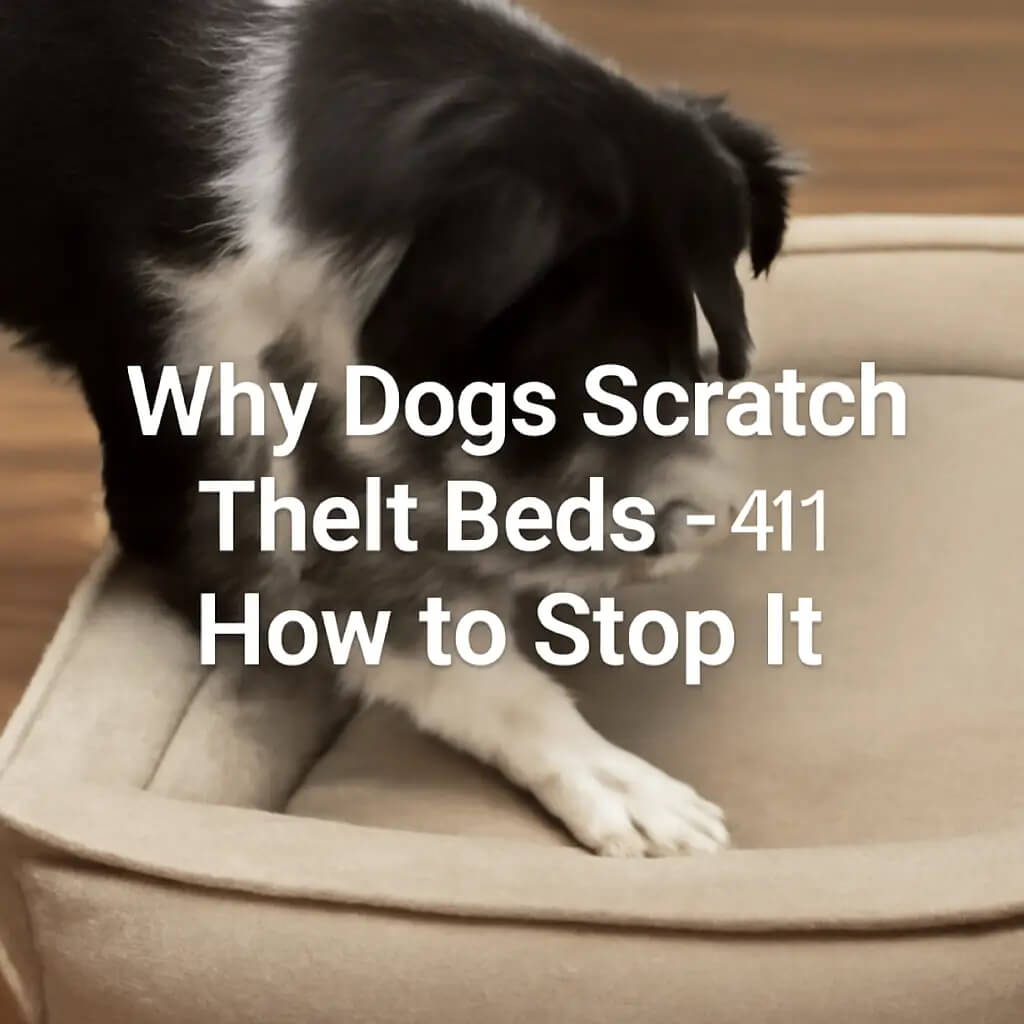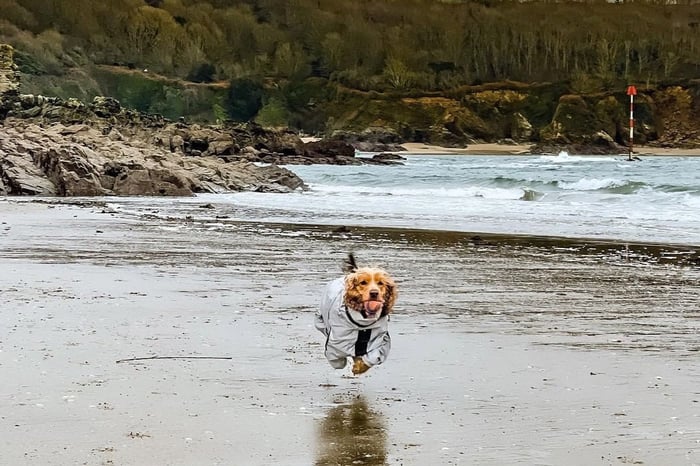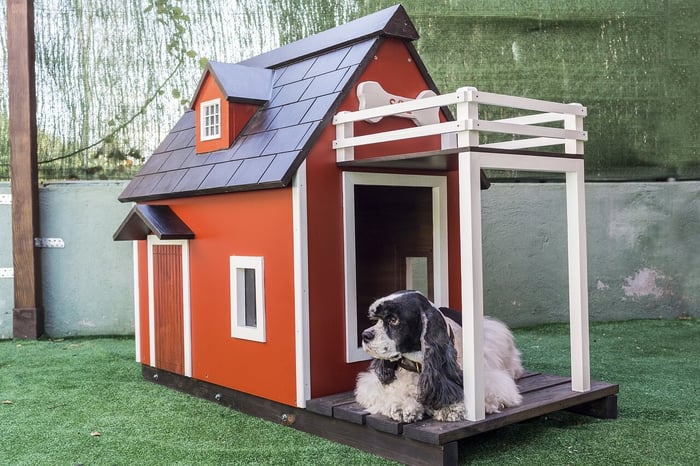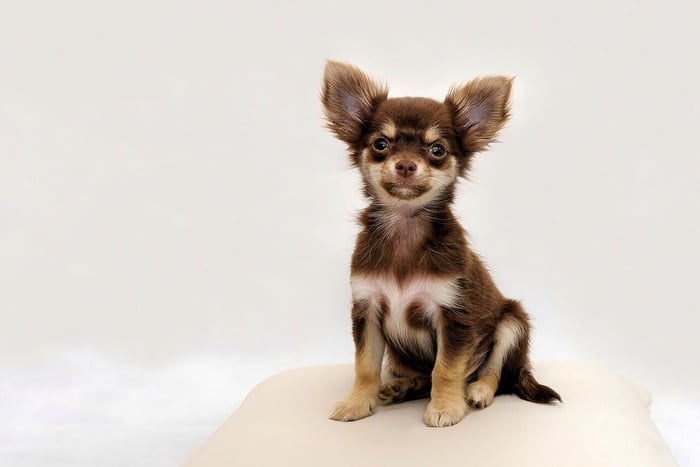Heatstroke in Dogs
Summertime is when we enjoy the outdoors the most, so do dogs. But this enjoyment can sometimes lead to drastic events like heatstroke in dogs.
Heatstroke means a rise in the body temperature of dogs above the normal limit. It is also termed hyperthermia and heat exhaustion.
Heatstroke or heat exhaustion is a condition you will come across commonly if you have a dog, particularly in summer. That is why it is important to learn about heatstroke in dogs.
In this article, we will be covering the bigger picture of heatstroke in dogs and the details related to it.
So let’s get started…
SIGNS OF HEATSTROKE IN DOGS
Heatstroke requires immediate treatment. Any delay in diagnosis can result in detrimental consequences. Therefore, it is essential to look out for your dog and know the signs of heatstroke in dogs. The severity of signs varies in individual dogs. Some may show normal symptoms, while others may experience life-threatening symptoms.
Let’s take a look at common signs of heatstroke in dogs.
- Excessive panting
- Increased heart rate
- Excessive drooling
- Red gums or tongue
- Disorientation
- Dullness and discomfort
- Dry nose and quietness
- Vomiting
- Lethargy
- Collapse
- Death
SUMMER PROTECTION OVERVIEW
Protecting your dog from heatstroke is what you should take care of. Here we are going to describe some ways you can adapt to avoid heatstroke in dogs:
- Taking a morning or evening walk is better than walking your dog in the noon.
- Keeping your dog hydrated is the most important thing.
- Do not leave your dog in a hot environment for long.
- Do not leave the dog in the car alone, especially in summers.
Heatstroke is dangerous, and you must protect your dog from it. If you do not follow what is described in this article, the results can be deadly.
WHEN DO DOGS GET HOT?
The normal body temperature of a dog is between 100 degrees Fahrenheit to 102.5 degrees. If it rises to 103, it means the dog's body is overheated, but it is reversible. You can give them water to drink, apply water to their body, or shower them and keep them in a cooler room.
If the temperature rises to 104, that means the dog is unable to regulate its body temperature and needs medical attention immediately. At this temperature, the chances of heatstroke increase. If caught early, heatstroke in dogs is preventable.
HEAT STRESS IN DOGS
Different dog breeds react differently to certain environmental situations like heat stress in dogs. Extreme temperatures pose a threat to all dogs and can cause heat stress. Some dog breeds are used to the hot weather conditions (like the Great Dane), and then the hot becomes normal for them as their bodies adapt to that temperature. On the other hand, some dogs like Siberian huskies or small dogs like pugs cannot bear the high temperatures and are at increased risk of getting a heat stroke.
Nevertheless, a coastal pup vacationing in the Arizona Desert may face fewer risks than one accustomed to 90° weather. A dog's tolerance to heat is affected by various factors, including humidity, sun exposure, amount of time spent in the heat, and accessibility to water.
BIGGEST RISKS FOR HEAT STROKE
The biggest risk of heatstroke is the long exposure of dogs to the sun. When you take your dog to play in the garden or a park in the sun, the dog's body temperature is likely to increase.
Leaving your dog in the car on a hot summer day is another risk and mistake. When the doors and window mirrors are shut, heat gets trapped in the car, and gaseous exchange doesn't occur. And only in a few minutes, their body temperature rises, increasing the risk of heatstroke.
The other reason is dehydration which is related to the first cause. If your dog has not drunk enough water and has been under sun exposure or has been in a warm environment, it is likely to get sunstroke.
Another reason for heatstroke in dogs can be intensive exercise. When a dog is exercising in a hot and humid environment, it may be difficult for it to cool down. That is why experts recommend not being hard while exercising them.
KEEP YOUR DOG HYDRATED
The one thing you should never forget is keeping your dog hydrated at all times. Providing them water at an accessible place is your duty and make sure your dog is drinking an adequate amount of water because dehydration is one of the biggest reasons why dogs get heatstroke.
Dogs sometimes keep playing or exercising without taking a break, and they do not realize if they are thirsty and their body temperate has risen. So, you need to keep your dog hydrated always!
SHADE PROTECTION AND YOUR DOG
There are certain things you need to keep in check to maintain your dog’s good health and to prevent from suffering from a heatstroke.
- Keep your dog in a cool place during summers.
- Protecting your dog in the shade where it has plenty of water and ventilation is essential for the dog.
- Leaving your dog in a closed car, even for a few minutes (especially during summers), is not recommended.
- Give your dog a dip in the water; you can take it swimming or bathe it with cold water.
- Give your dog rest during play and exercise. Meanwhile, give water to keep it hydrated.
- If the place of your dog is a warm place or a room, change it to a cooler place.
- Do not take your dog for running in extremely hot weather.
CLIP THE DOG'S COAT?
Suggestions on clipping the dog's coat vary. It depends upon the breed and coat of the dog. Trimming the dog's fur may help a double-coated dog (like a border collie). But don’t completely shave the dog as the coat acts as insulation and prevents the dog from sunburn.
So, make sure you leave a few inches of coat on top of your dog. A dog with a single coat (like a poodle) needs to be clipped rarely, as their coats are usually too thin to provide sufficient protection from the sun when clipped short. It'd be best if you consult your veterinarian regarding this decision.
Apart from saving your dog from extreme heat, you must save your dog from rain as well. For this purpose, you can use a dog raincoat. Some amazing dog raincoats are available online that are not only very beautiful but protect your dog from extreme weather conditions as well. A reflective all-weather dog raincoat is reflective, which means it reflects light. It is excellent for use at night as well.











